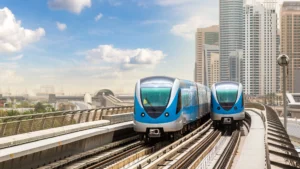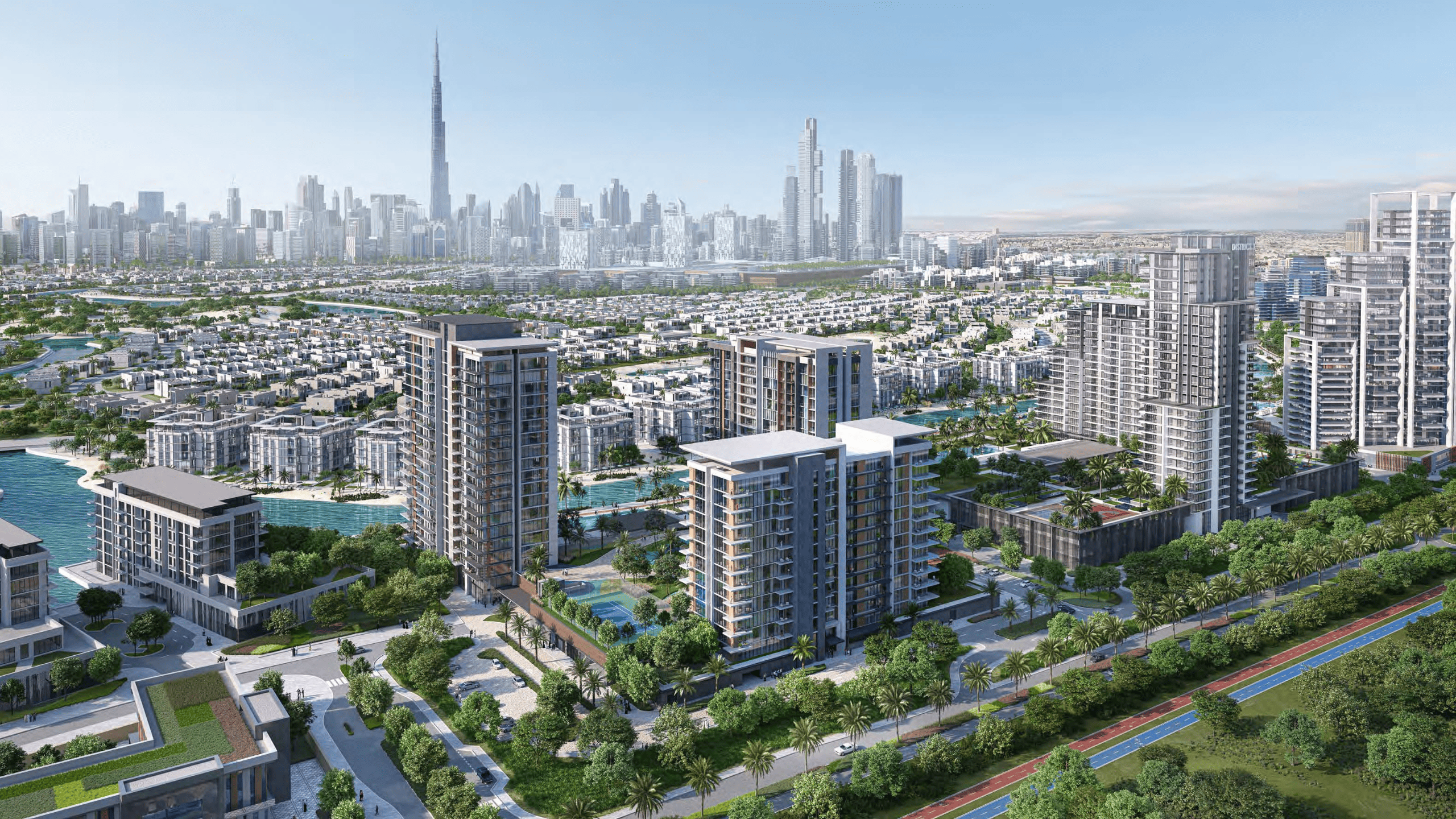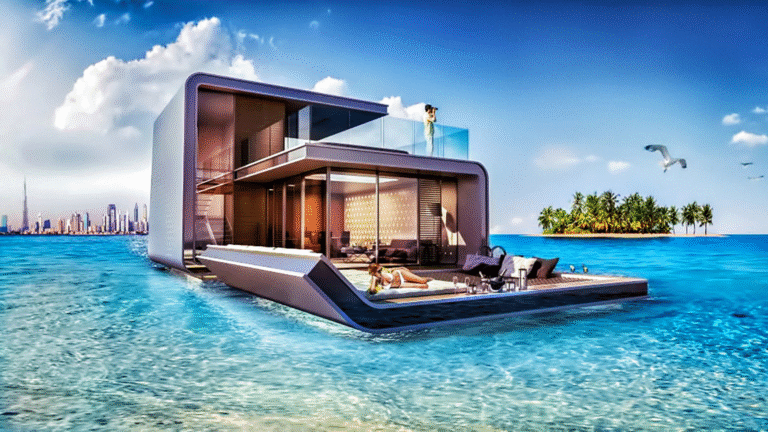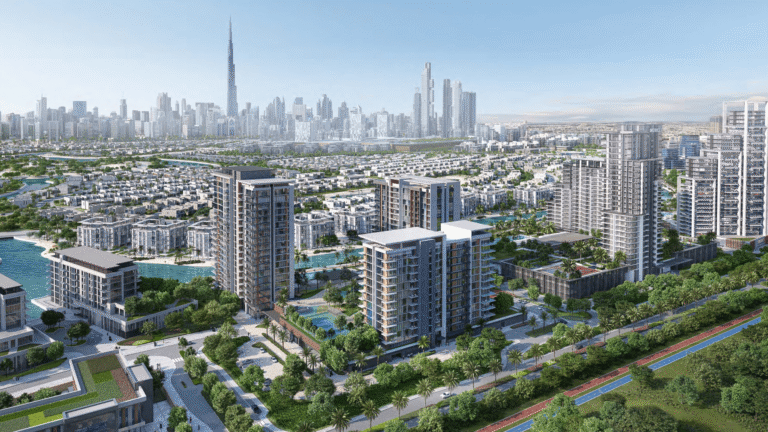The Challenges of Urbanization

As cities continue to grow at a fast pace, they undergo an economic transformation by creating employment opportunities and attracting skilled workers. However, urbanisation also creates challenges, as cities are at times unable to efficiently manage unprecedented population growth. Lack of urban planning can result in high real estate prices and lack of affordable housing, increasing levels of pollution, and traffic congestion. In this case cities should invest in new technologies and sustainable solutions to facilitate movement and flow within urban centres.
Transit-Oriented Developments (TODs)
Transit oriented developments (TODs) are a planning strategy that aims to concentrate jobs, communities, and services around public transport stations. TODs integrate housing, offices, retail, hospitality and supporting amenities within a walkable environment located in proximity and well-connected to public transport networks. Successful TODs are ecosystems that offer a diverse range of real estate product that caters to various income levels and a wide demographic to foster inclusivity and liveability. Unlocking the highest value from surrounding land and real estate is a critical factor towards making TODs viable. Planned effectively, TODs present an opportunity to meet the real estate needs of a growing city without undermining the importance of open spaces.
Dubai’s rapid Growth with Infrastructure development
Dubai have seen rapid development over recent decades, supported by investment in infrastructure and improvements in technology. These trends have supported the development of new communities, as the city has expanded. Dubai’s population is growing 10.7% annually, and the current metro area population of Dubai in 2024 is 3,051,000, a 1.43% increase from 2023. This exponential population growth coupled with increasing tourist arrivals has challenged the city’s infrastructure over the years.
Dubai Metro influence on the Growth of Real Estate investment

The introduction of the Dubai Metro represents a major shift in the city’s mobility infrastructure and has had a significant contribution to accessibility and connectivity in the city, facilitating its expansion into a polycentric city. Well-planned mixed-use communities, have successfully leveraged on the metro connectivity to attract both residents and tourists. As the region’s transport infrastructure expands across key cities, TODs are likely to play an increasingly important role in real estate development.
According to industry studies, that developments within a 15-minute proximity to metro stations have outperformed a wider market, with the right amenities and suitable urban infrastructure. Between 2010 and 2023, properties which were within a 15-minute walk of a Dubai Red Line metro station saw prices increase by 26.7% on average, outpacing Dubai’s average increase of 24.1% over the same period. And average rental rates for properties within the same proximity increased by 4.1%.
As the city continues to expand, Dubai metro, likely to play an even more pivotal role in shaping Dubai’s urban landscape and driving sustainable economic growth.






